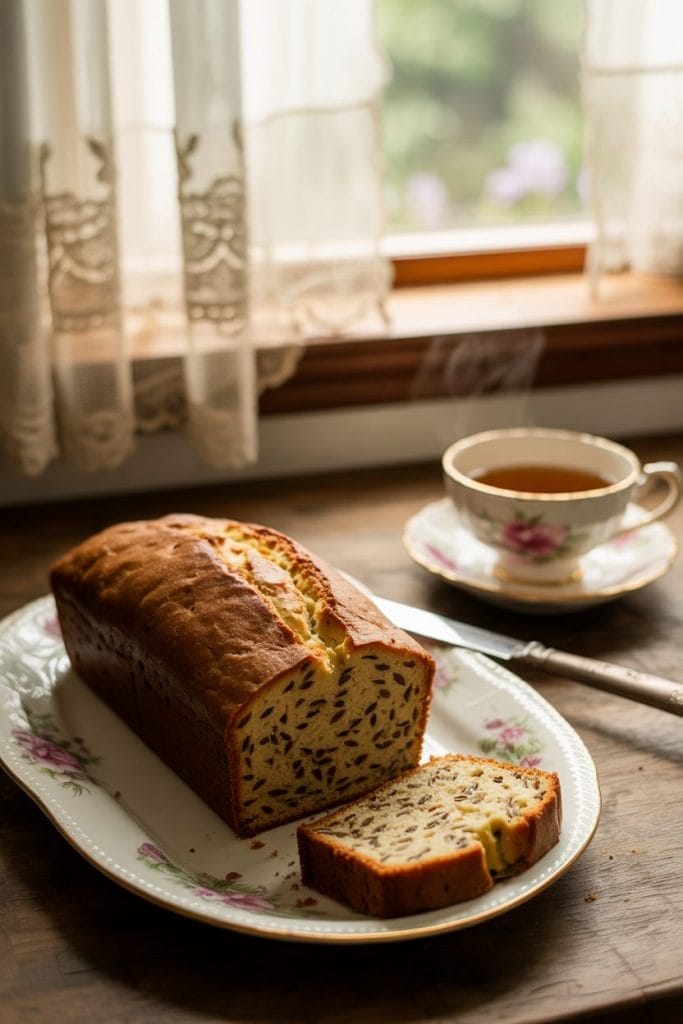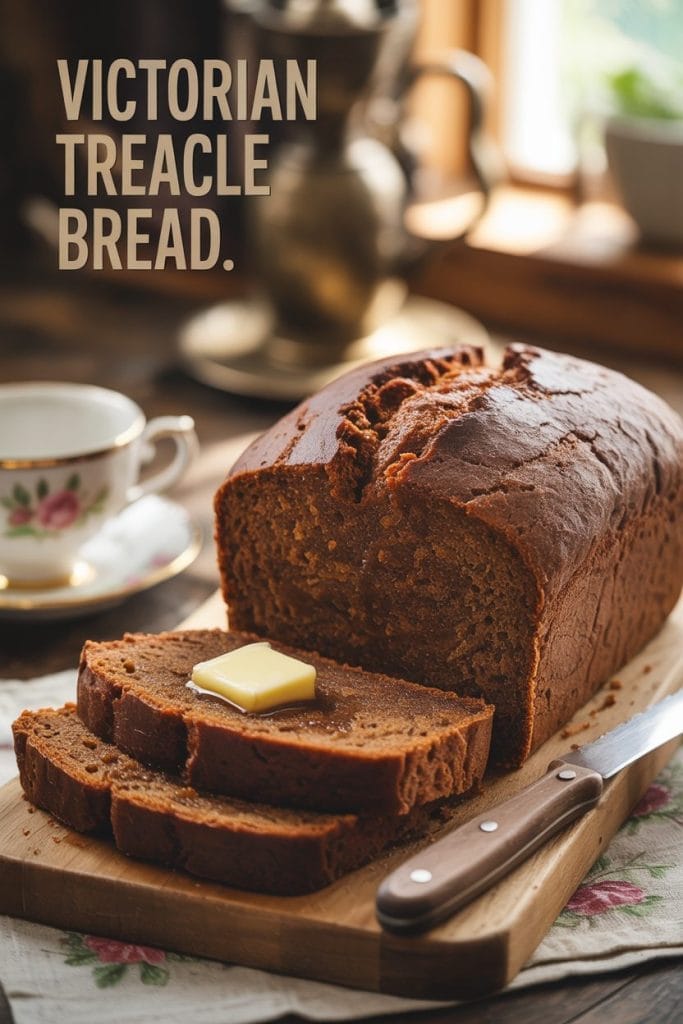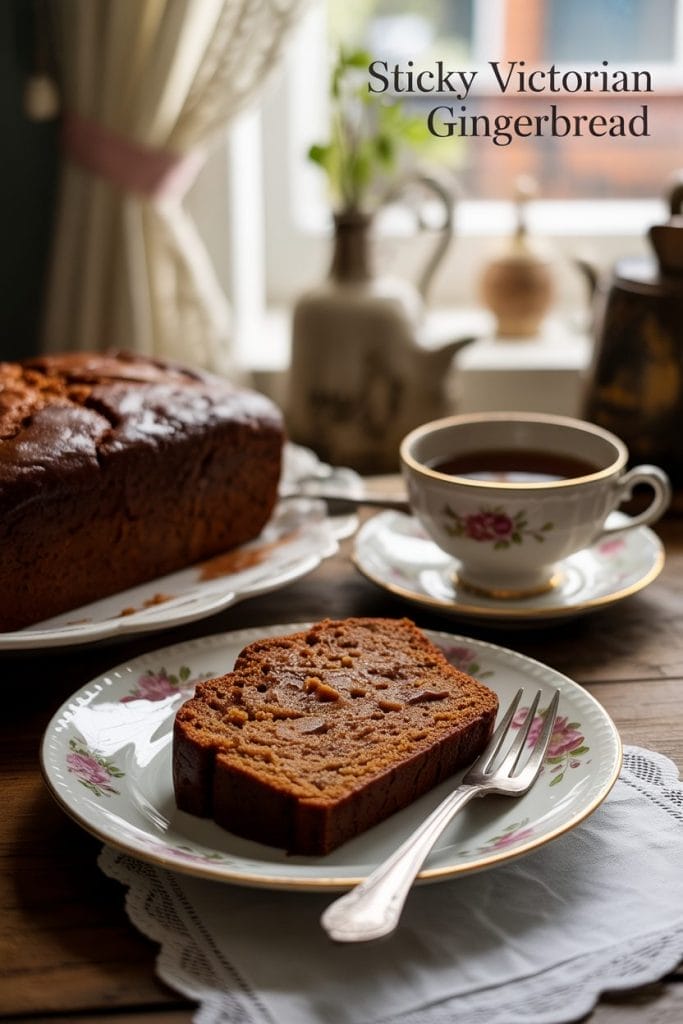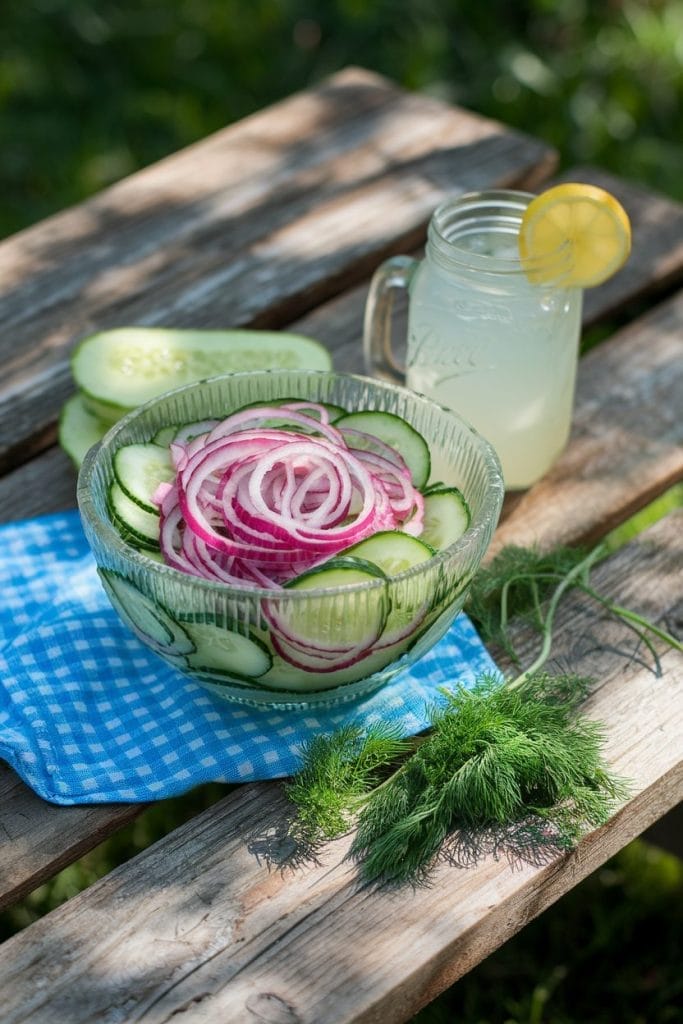I Made These FREE Vintage Recipe Tools JUST For You
This recipe was created with help from AI tools and carefully reviewed by a human. For more on how we use AI on this site, check out our Editorial Policy. Classic Fork earns a small commission from Amazon and other affiliate links at no extra cost to you, helping us keep our content free and honest.
5 Colonial Thanksgiving Recipes So Authentic, They’ll Transport You to 1621
Time Period:
Meal Type:
Ever wondered what was actually on the table at the first Thanksgiving?
Spoiler: there was no mac and cheese or cranberry sauce from a can.
I went down a historical rabbit hole to find five authentic colonial recipes that’ll bring a little 1621 magic to your modern feast.

What Would You Cook in Wartime?
Step back in time and discover what you could make with limited wartime rations
Roast Turkey
Roast turkey wasn’t the star of the first Thanksgiving table, but wild fowl was definitely part of the meal. Pilgrims and Wampanoag likely shared wild ducks, geese, and possibly turkey, which was native to the woodlands of New England.
By the 1700s, turkey became more common in colonial feasts, especially in regions like Massachusetts and Connecticut. Hunting wild turkey was a seasonal activity, and roasting it over an open flame or in brick ovens gave it a smoky, rustic flavor. The bird symbolized abundance and survival in a harsh new world.

Venison Stew
Deer meat was a key part of the 1621 feast. Wampanoag hunters gifted several deer to the Pilgrims, and venison was slow-cooked into stews with vegetables they had gathered or grown.
This stew was common across colonies with strong hunting traditions—New England and the mid-Atlantic especially. Venison was prized for its richness, especially in colder months. It was cooked in large pots over open fires, mixed with whatever was on hand: onions, squash, beans, or herbs.

Pumpkin Pie (or Pumpkin Pudding)
Pumpkin pie, as we know it, didn’t exist in 1621. Colonists didn’t have wheat flour, butter, or ovens. But they made pumpkin pudding by hollowing out pumpkins, filling them with milk, honey, and spices, and roasting them in hot ashes.
Pumpkins were native to the Americas and became a staple food for settlers across all colonies. Native tribes had long used them for stews, bread, and desserts. This early pumpkin pudding was a way to use local harvests in a sweet, filling dish.

Indian Cornbread
This bread was made with ground corn, which Native Americans taught the settlers how to use. Wheat was scarce, so cornbread became a reliable choice across the colonies—especially in New England and the southern regions.
Also called “journey cakes” or “ash cakes,” it was baked on hot stones or hearths. Sometimes sweetened with maple syrup or molasses, it had a dense but hearty texture. Corn was called “Indian corn” and was a food of survival and cultural exchange.

Succotash
This dish of corn and beans came directly from Native American cuisine. The word “succotash” comes from the Narragansett word msickquatash. It was a symbol of cooperation, eaten during shared harvest feasts.
Succotash was made from boiled corn, beans, and sometimes squash—foods known as the “Three Sisters” in Indigenous farming. Colonists adopted it quickly, especially in New England and mid-Atlantic areas, where these crops grew well.
It was filling, easy to prepare, and often flavored with bits of meat or herbs. It represented a true blend of Native and colonial food traditions.

Maggie Hartwell
Hi there, I’m Maggie Hartwell, but you can call me Maggie—the apron-clad foodie behind Classic Fork! I created Classic Fork because I’m convinced food has a way of telling stories that words can’t. So, grab a fork and dig in. The past never tasted so good!






